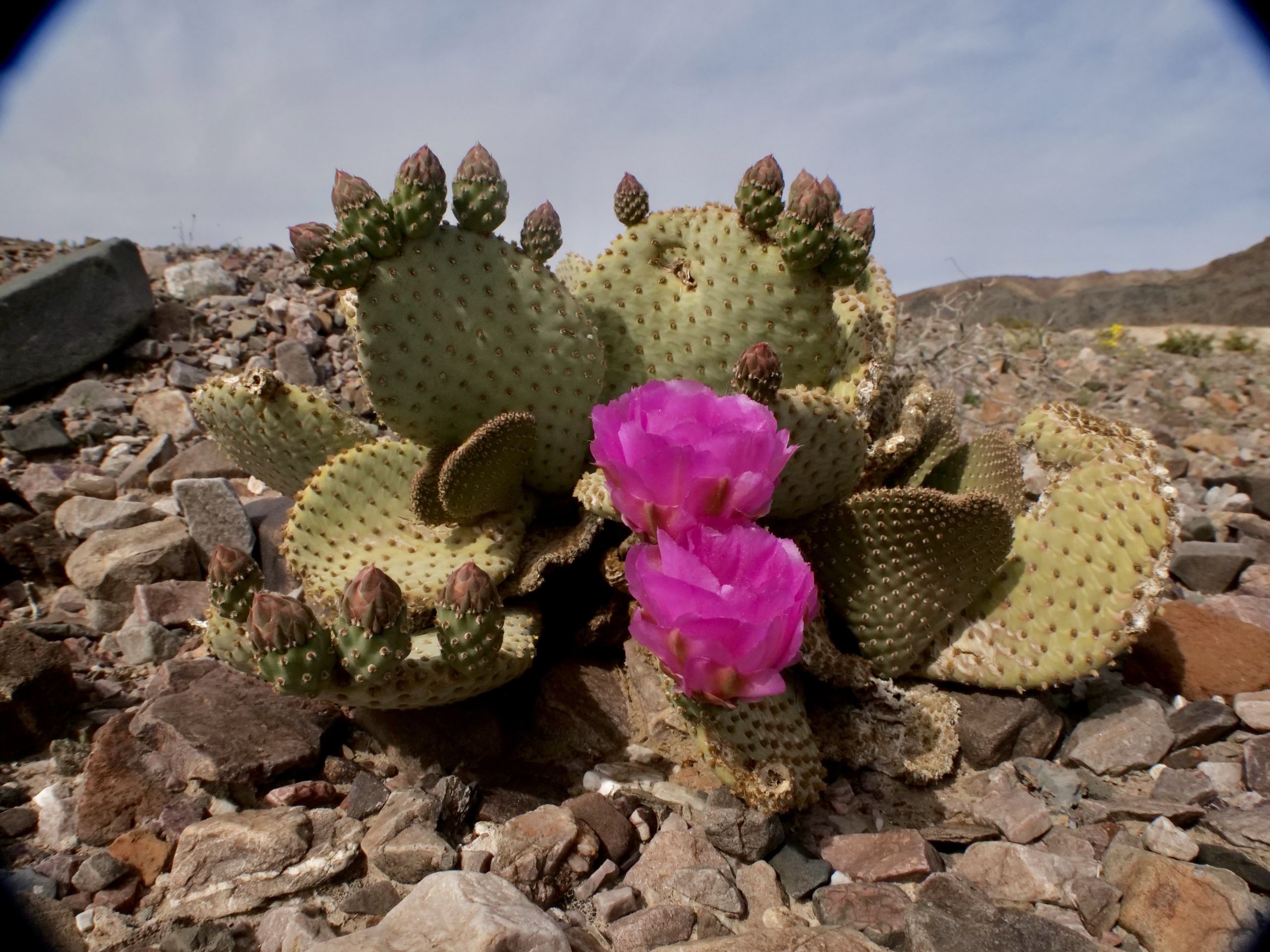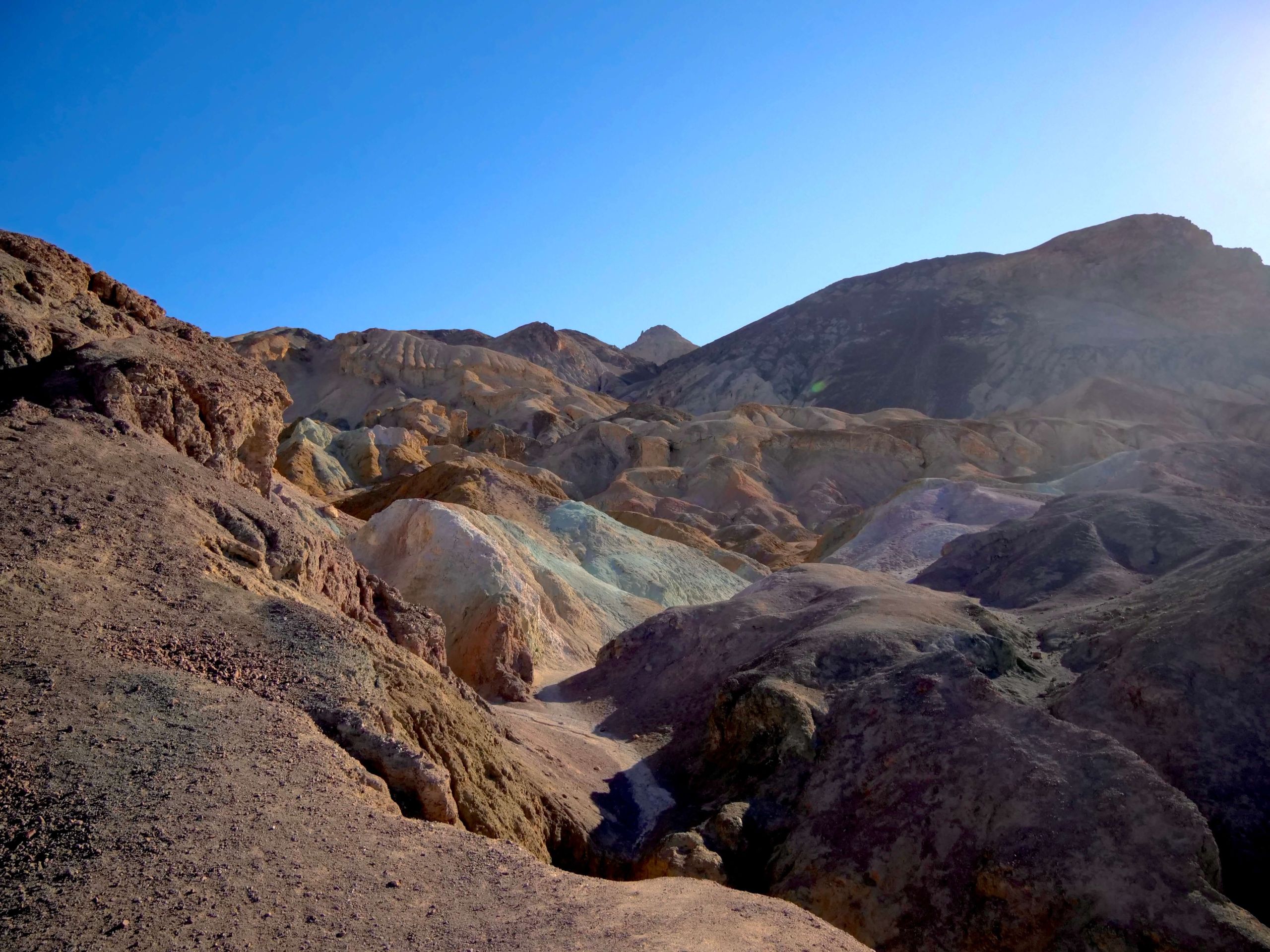Ten Safety Tips for Visiting Death Valley Anytime of the Year
Your Guide to a Safe and Enjoyable Desert Adventure
Death Valley National Park and the surrounding Ash Meadows National Wildlife Refuge offer some of the most breathtaking landscapes and unique experiences in the United States. From vast salt flats to towering sand dunes, the desert presents a world of adventure. However, the extreme conditions and remote locations also come with potential risks. Whether you’re planning a day trip or an extended stay, it’s crucial to prioritize safety to ensure a memorable and incident-free visit.
In this blog post, we’ll share ten essential tips to help you stay safe while exploring the Death Valley region at any time of the year. These guidelines incorporate previously mentioned advice and additional insights to prepare you for the desert’s challenges.
PLEASE NOTE: These guidelines cover some of the most important considerations to keep in mind. However, this list is not a comprehensive solution for how to stay protected. For the full set of safety recommendations, please refer to the National Park Service website here.
1. Stay Hydrated: The Desert Demands It
Why Hydration is Crucial: The arid climate of Death Valley can lead to rapid dehydration, even though you may not be visibly sweating. The combination of low humidity and high temperatures causes moisture to evaporate quickly from your body.
How to Stay Hydrated
- Bring Plenty of Water: Carry at least one gallon (4 liters) of water per person per day.
- Drink Regularly: Don’t wait until you’re thirsty. Sip water consistently throughout your activities.
- Electrolytes Matter: Consider bringing electrolyte-replenishing drinks to replace salts lost through sweat.
2. Protect Yourself from the Sun
Understanding Sun Exposure Risks: With some of the highest recorded temperatures on Earth, Death Valley’s sun can be intense. Sunburn, heat exhaustion, and heatstroke are real dangers.
How to Stay Protected
- Wear Sunscreen: Use a broad-spectrum sunscreen with at least SPF 30. Reapply every two hours.
- Dress Appropriately: Wear light-colored, loose-fitting clothing that covers your skin.
- Use Accessories: A wide-brimmed hat and UV-protective sunglasses can shield your face and eyes.
3. Plan Ahead and Inform Others
The Importance of Preparation: Cell service is unreliable in many parts of the park. In case of an emergency, immediate help may not be available.
How to Prepare
- Research Your Route: Know the terrain, distances, and difficulty levels of your planned activities.
- Share Your Itinerary: Inform a friend or family member about your plans, including expected return times.
- Check Weather and Conditions: Visit the National Park Service website or visitor centers for updates.
4. Carry Navigation Tools
Don’t Rely Solely on Technology: GPS devices and smartphones may not work in remote areas due to lack of signal or drained batteries.
Navigation Essentials
- Maps and Compass: Bring physical maps and know how to use a compass.
- Guidebooks: Consider carrying a guidebook with detailed trail information.
- Extra Batteries: If you use electronic devices, pack spare batteries or portable chargers.
5. Dress for Extreme Temperatures
Be Ready for Weather Changes: Desert weather can fluctuate dramatically between day and night, and between seasons.
Clothing Tips
- Cover Up: Wear light-colored, loose-fitting clothing that covers your skin.
- Layer Up: Wear layers that can be added or removed as temperatures change.
- Footwear Matters: Sturdy, closed-toe hiking boots protect against rough terrain and wildlife.
6. Be Wildlife Aware
Respect the Desert’s Inhabitants: The region is home to creatures like snakes, scorpions, and coyotes. While encounters are rare, it’s important to be cautious.
Safety with Wildlife
- Keep Your Distance: Observe animals from afar. Do not attempt to touch or feed them.
- Check Your Gear: Shake out shoes, clothing, and sleeping bags before use.
- Store Food Properly: Secure food in sealed containers to avoid attracting animals.
7. Stay on Designated Trails
Protect Yourself and the Environment
Venturing off marked paths can lead to disorientation and damages fragile ecosystems.
Trail Etiquette
- Follow Signs: Stick to established trails and obey all posted warnings.
- Avoid Shortcuts: Cutting across switchbacks increases erosion and can be dangerous.
- Leave No Trace: Pack out all trash and minimize your impact on the environment.
8. Prepare an Emergency Kit
Be Ready for the Unexpected: An emergency can happen at any time, from minor injuries to vehicle breakdowns.
What to Include
- First-Aid Supplies: Bandages, antiseptic wipes, pain relievers, and any personal medications.
- Multi-Tool or Knife: Useful for repairs or unexpected needs.
- Signal Devices: A whistle, mirror, or flares can help attract attention if you need rescue.
9. Drive Carefully
Navigating Desert Roads Safely: Road conditions can vary, and help may be far away if you run into trouble.
Driving Tips
- Check Your Vehicle: Ensure your car is in good condition, with a full tank of gas.
- Watch for Hazards: Be alert for wildlife crossing the road and sudden changes in road surfaces.
- Stay on Main Roads: Unless you have a four-wheel-drive vehicle, avoid unpaved or remote roads.
10. Respect Weather Conditions
Be Mindful of Seasonal Changes: Each season brings its own challenges, from extreme heat to flash floods.
Seasonal Precautions
- Summer: Limit strenuous activities to early morning or evening hours.
- Winter: Be prepared for snow and icy conditions at higher elevations.
- Rain and Flooding: Avoid walking or driving in flooded areas. Be aware that flash floods can occur without warning.
Embrace Adventure Safely
Death Valley NP and Ash Meadows NWR are incredible destinations that offer unparalleled natural beauty and unique experiences. Preparation and awareness are your best tools for navigating the desert’s challenges. So gear up, stay informed, and venture into the desert with confidence. The wonders of the Death Valley region await you!
Written by Kendra DeSomma
Kendra DeSomma is the Media Director for the Death Valley Natural History Association, a former resident of Death Valley NP, and a passionate interpreter of its vast and varied stories. From geology to ecology, wellness to history, her writing invites readers into a deeper relationship with the land through research, reverence, and reflection. Guided by a practice of mindfulness and a lifelong connection to nature, her work fosters curiosity, stewardship, and a sense of belonging for those who seek connection with the natural world.





